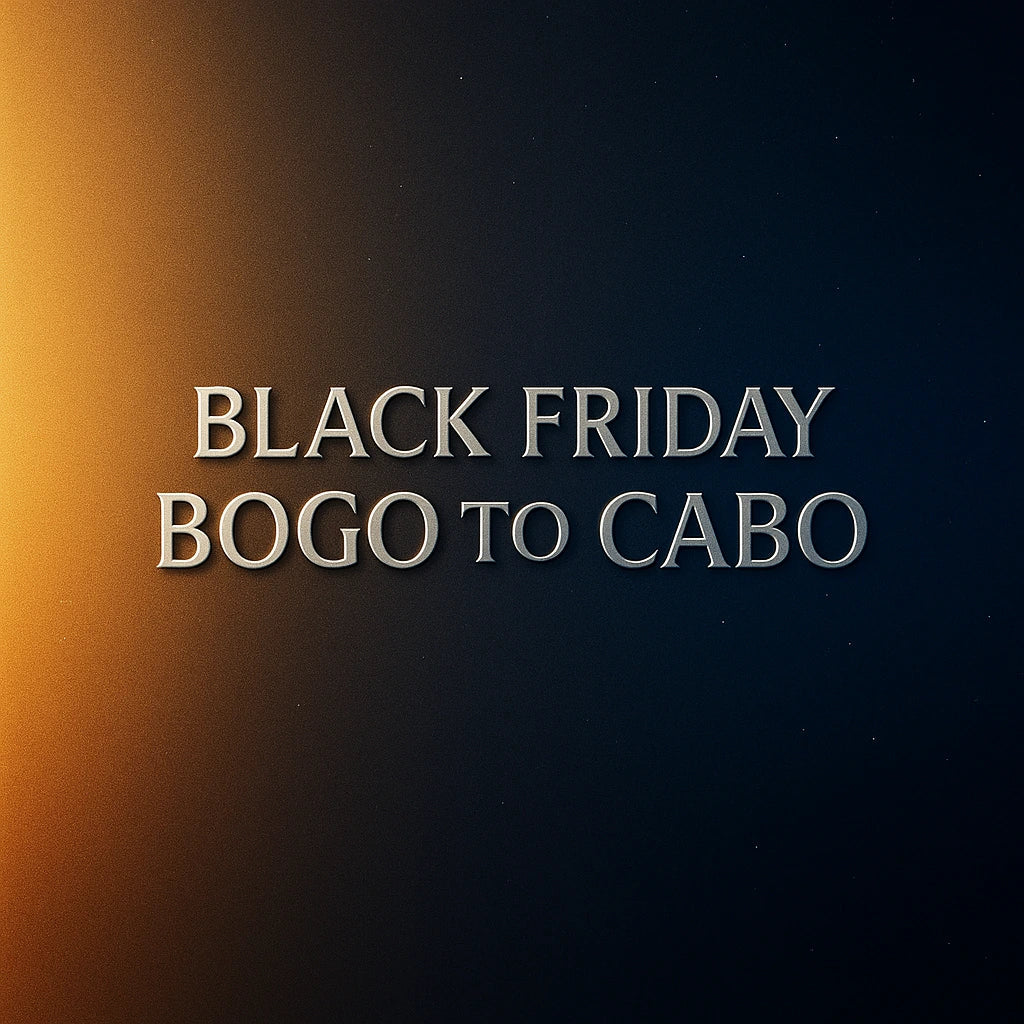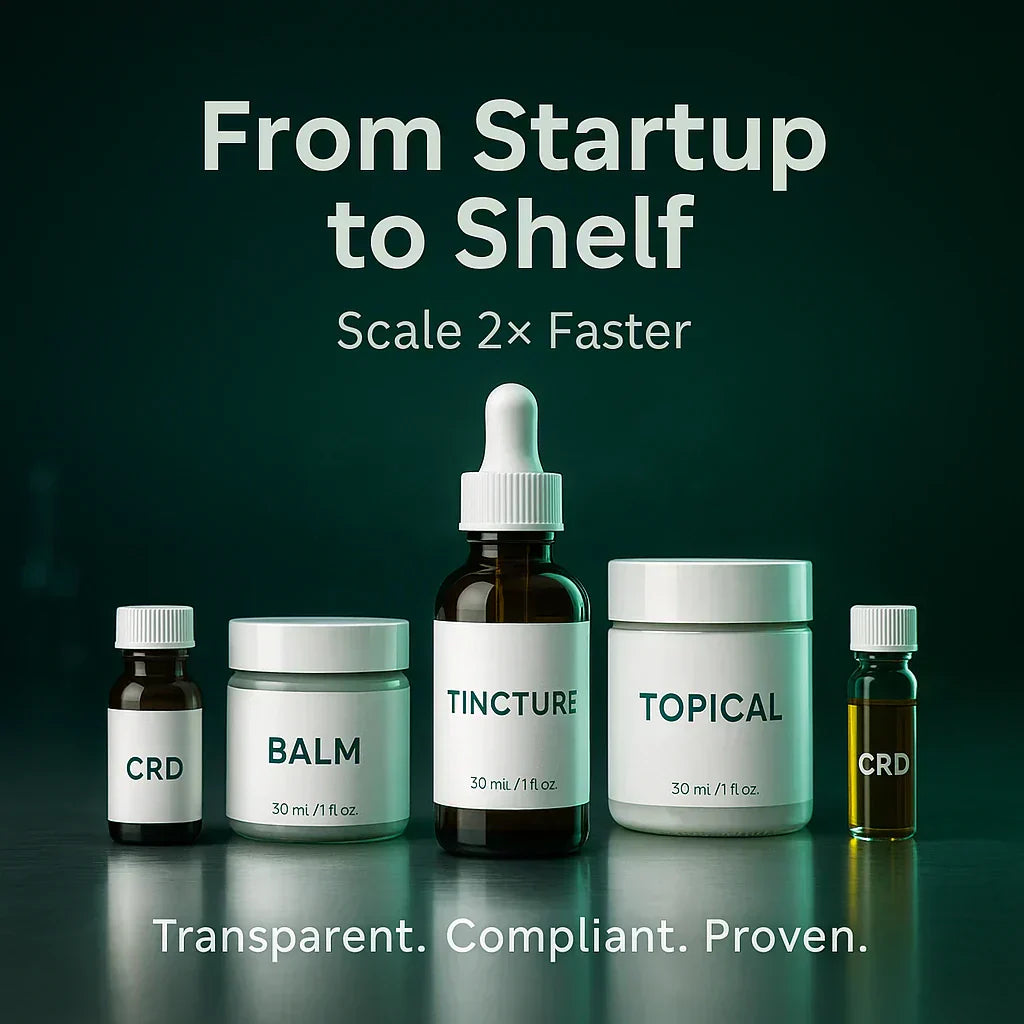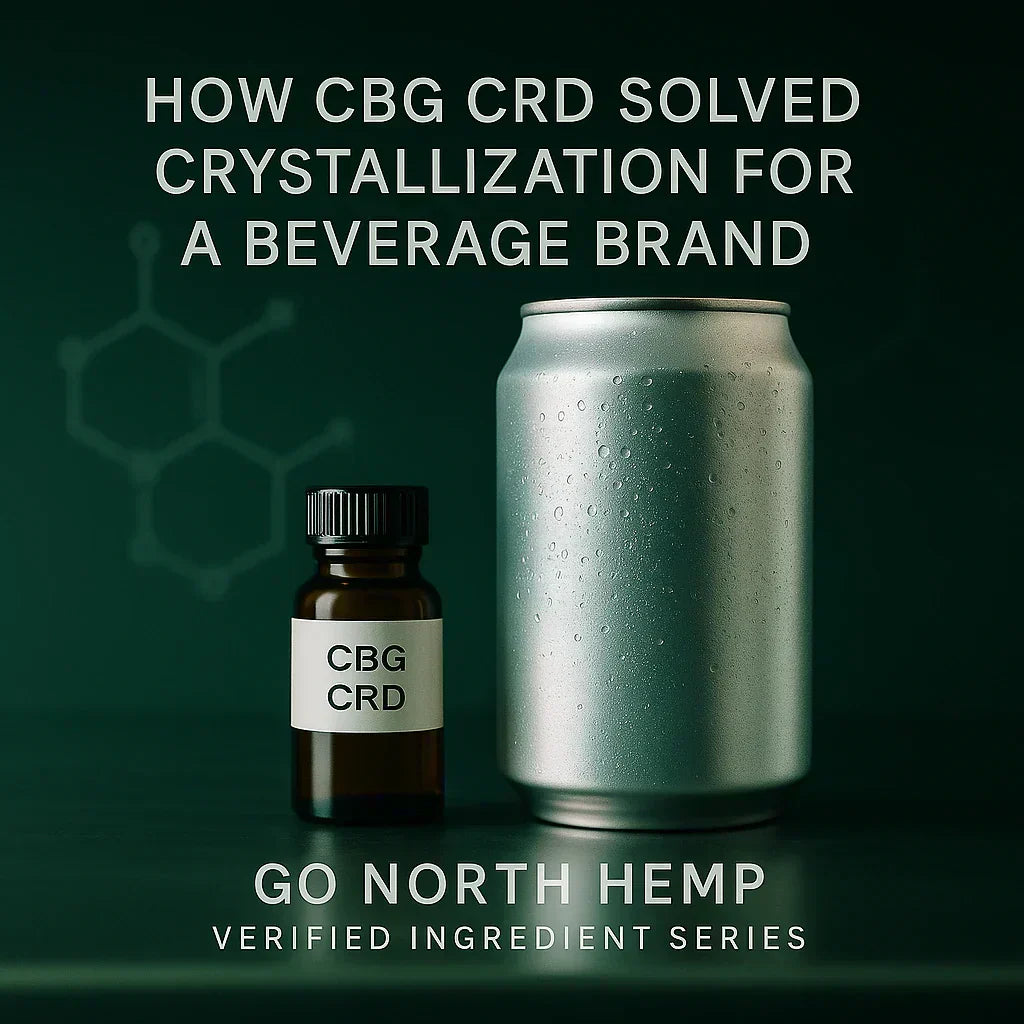
The Real Cost of the "Cheapest" Deal
Here's the thing about finding a hemp supplier: the lowest price tag almost never tells the whole story.
You've probably been there. You get an amazing quote, shake hands on the deal, and then… the delays start. The documentation doesn't quite add up. A batch crystallizes in storage. Suddenly, that bargain distillate is costing you far more than you budgeted for.
The truth is, your profit margin doesn't vanish in one catastrophic failure. It bleeds out slowly through a dozen small problems you didn't see coming. Let's talk about the red flags that should make you pause before your next order—and what reliable suppliers do differently.
1. COAs That Don't Match the Batch
You open the shipment, check the Certificate of Analysis, and something feels off. The batch number doesn't quite line up. Or worse, the test date is from three months ago.
This isn't just sloppy paperwork. A mismatched COA means you could be sitting on non-compliant oil without knowing it. And when auditors come knocking or a customer raises questions, you're the one left scrambling.
What you should see instead: Third-party lab reports dated within 30 days of production, with batch IDs that match exactly what's on your containers. Every single time.
The red flag: Suppliers who recycle old COAs or wave off your questions with "it's basically the same batch."
Pro tip: Those QR codes on lab reports? Cross-verify them. A trustworthy supplier won't mind—in fact, they'll expect it. Browsing established consumer brands such as Treehouse CBD can also give you a feel for how clear COA access should feel from a buyer’s perspective.
📎 Visit Go North Hemp's Compliance Trust Center for transparent, batch-linked documentation.

2. "Crystallization Happens" Excuses
Picture this: You've just filled 10,000 tincture bottles. Two weeks later, half of them have crystallized at the bottom. Now you're facing refunds, negative reviews, and the cost of replacing inventory that should have been stable from day one.
When you call your supplier, they shrug it off. "Crystallization happens sometimes."
No. It shouldn't.
What you should see instead: Crystal-Resistant Distillate (CRD) backed by real stability testing—not vague promises. We're talking verified 12-month stability data with temperature and light exposure studies.
The red flag: Any supplier who treats product instability as an unavoidable part of the process.
Pro tip: Don't accept "trust us" as an answer. Ask to see the actual stability data. If they can't produce it, they don't have it.
👉 Looking to eliminate crystallization issues in finished products? Explore Go North Hemp’s Crystal-Resistant Distillate options on gonorthhemp.com.
🖼️ Visual (After Section 2)
Filename: gonorthhemp-crd-stability-test.webp

3. Inconsistent Delta9 THC Levels
Let's be blunt: one hot batch can shut down your entire production line.
You need your hemp distillate to stay reliably under 0.3% Delta9-THC. Not "usually under" or "pretty close." Under. Because the moment you cross that threshold, you lose retail distribution, face regulatory scrutiny, and potentially scrap thousands of dollars in finished product.
What you should see instead: Suppliers who consistently use reputable labs and can show you a track record of compliant testing across multiple batches.
The red flag: "Trust us—it's under 0.3%." Numbers, not promises.
Pro tip: Insist on validated lab testing and keep records organized. The more your paperwork looks like a retail-facing brand’s documentation, the less stressful audits become.
4. No Written Stability Data
Stability data isn't optional. It's the difference between a product that performs for 12 months and one that degrades in three.
Yet some suppliers will tell you with a straight face that "everything we make is stable" without showing you a single temperature study or accelerated aging test.
What you should see instead: Documented shelf-life testing spanning at least 12 months, including exposure to various temperature and light conditions.
The red flag: Vague assurances without documentation.
Pro tip: If they can't show you the data in writing, assume it doesn't exist. Plan accordingly—or find a better partner. When you look at how wellness-oriented brands like Green Valley Nutrition emphasize product quality and consistency, it’s a good reminder that stability should be a documented promise, not a slogan.

5. Hidden Lead Times
You planned your launch around a promised delivery date. But two weeks before you need inventory, your supplier casually mentions a delay. Maybe it's the lab. Maybe it's extraction. Either way, you're now scrambling to explain to buyers why you can't fulfill orders on time.
Missed deadlines aren't just inconvenient. They cost you shelf space, pre-order revenue, and credibility with partners who are counting on you.
What you should see instead: Clear, published production and COA turnaround times. Suppliers who communicate proactively if something changes.
The red flag: Vague delivery windows or surprise delays that only surface when you follow up.
Pro tip: Track real versus promised lead times for every single batch. Patterns emerge quickly.
6. Confusing or Inflated Invoices
You negotiated a bulk rate. You signed off on the price per kilogram. Then the invoice arrives, and suddenly there are extra line items you've never seen before.
"Processing fees." "Shipping insurance." "Handling charges."
Those bulk savings you thought you locked in? They just evaporated.
What you should see instead: Transparent, itemized quotes with fixed freight terms established upfront. No surprises after you've committed to the purchase.
The red flag: New charges that appear only after payment terms are set.
Pro tip: Audit your invoices quarterly. Small fees add up fast, and suppliers count on you not noticing.
7. Poor Communication During Formulation
You're trying to dial in a new beverage formula. Your chemist has questions about solubility, stability, dosing ratios. You reach out to your supplier and… crickets. Or worse, you get a generic sales rep who has no idea what your chemist is talking about.
When your supplier ghosts your formulation team, your entire product development timeline stalls.
What you should see instead: Collaborative partners who offer real technical support—people who understand the chemistry, not just the sales pitch.
The red flag: Generic responses from reps who can't speak the language of formulation.
Pro tip: Before you place a large order, ask for a dedicated technical contact. Test the relationship early.

8. No Chain-of-Custody Documentation
Traceability isn't just a buzzword. It's how you prove to regulators, partners, and customers that your product is exactly what you claim it is.
If you can't trace your oil from biomass to bottle—with timestamps, batch records, and extraction site documentation—you're operating in the dark. And when regulators ask questions, they won't accept "I'm not sure where this came from."
What you should see instead: Complete chain-of-custody records for every batch, ideally in digital format.
The red flag: COAs that omit critical details like production site, extraction date, or sourcing information.
Pro tip: Digital chain-of-custody logs are rapidly becoming the industry standard. Premium cannabis brands such as Claybourne Co operate in environments where traceability and batch integrity are non-negotiable—your hemp supply chain should feel the same level of controlled.
9. Missing Liability Insurance
Product recalls happen. Contamination issues arise. Regulatory enforcement actions occur.
When they do, you want to know your supplier has the insurance coverage to back up their product. Because if they don't, you're the one left holding the liability.
What you should see instead: Suppliers carrying product liability and contamination coverage—and willing to provide proof.
The red flag: "We've never had a problem, so we don't carry insurance."
Pro tip: Request proof of insurance annually, and make sure coverage limits are appropriate for your order volume.
10. Prices Too Good to Be True
You've been shopping around, and one supplier's pricing is dramatically lower than everyone else's. It's tempting to jump on the deal.
But here's what cut-rate pricing often hides: compliance shortcuts, diluted potency, inconsistent sourcing, or corners cut somewhere in the supply chain that will eventually catch up with you.
What you should see instead: Competitive pricing that makes sense given current market conditions—not suspiciously low rates that defy basic economics.
The red flag: Anything priced significantly below true market cost.
Pro tip: Stable, consistent pricing signals operational integrity. Wild fluctuations or too-good-to-be-true deals usually mean instability somewhere upstream.

The Bottom Line
Your profit margin doesn't disappear in one dramatic failure. It leaks out through missed deadlines, recrystallized batches, compliance gaps, hidden fees, and poor communication.
Strong suppliers close every one of these gaps. They provide verified COAs. Real stability data. Clear lead times. Transparent pricing. Technical support when you need it. And the documentation to back it all up.
At Go North Hemp, we've seen too many brands struggle with suppliers who looked good on paper but couldn't deliver consistency where it counts. That's why we've built our entire operation around eliminating these red flags—because we know that the cheapest supplier rarely costs the least in the long run.
Ready to work with a partner who delivers on every promise?
👉 Explore Go North Hemp’s bulk distillate and CRD options on gonorthhemp.com
📞 Call 971-406-3862 for trade pricing and live lot availability.
Offer valid through November 30 — same-day COA verification included.
FAQ
Q: How can I quickly vet a new hemp supplier?
Start with the basics: current COAs, proof of liability coverage, and documented stability reports. A trustworthy supplier will provide all three within 24 hours—often the same day. For a benchmark of how clean product communication can look, explore established consumer brands and compare that clarity to what your supplier gives you.
Q: Is crystal-resistant distillate really worth the higher cost?
Absolutely. Avoiding even one failed beverage run or tincture batch pays for the upgrade many times over. Stability isn't a luxury—it's a cost saver.
Q: Can I switch suppliers mid-production?
Yes. Go North Hemp's technical team can help you reformulate and re-test with minimal downtime, so you're not stuck with a bad partner just because you've already started production. For ongoing reference, keep your own internal COA library organized—mirroring how you’d expect a supplier or retailer to structure theirs








